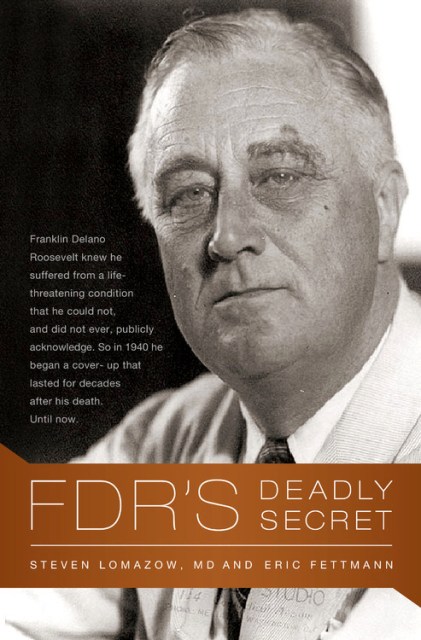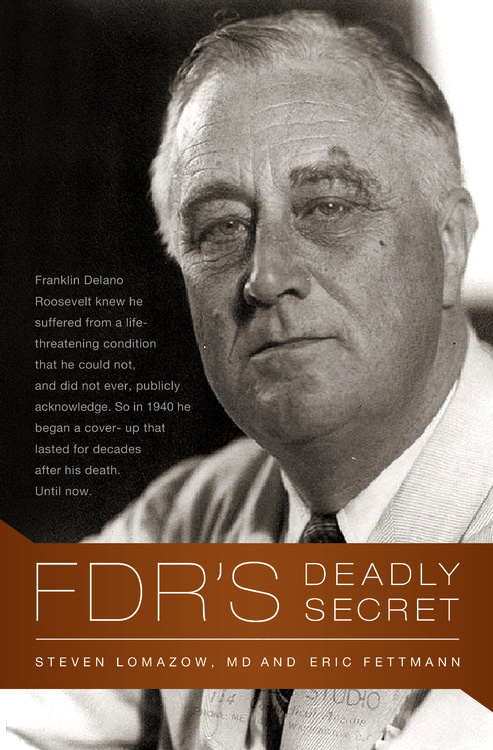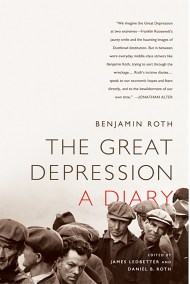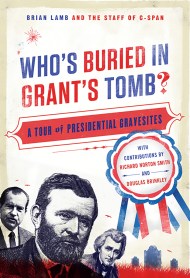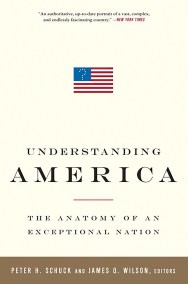Promotion
Use code MOM24 for 20% off site wide + free shipping over $45
FDR's Deadly Secret
Contributors
Formats and Prices
Price
$21.99Price
$28.99 CADFormat
Format:
- Trade Paperback $21.99 $28.99 CAD
- ebook $10.99 $13.99 CAD
This item is a preorder. Your payment method will be charged immediately, and the product is expected to ship on or around January 4, 2011. This date is subject to change due to shipping delays beyond our control.
Also available from:
This persuasive re-examination of Roosevelt’s last years reveals a more profoundly disabled president than the nation knew, and asks whether Roosevelt should be criticized or celebrated for shouldering the weight of a wartime presidency in his compromised state.
Genre:
- On Sale
- Jan 4, 2011
- Page Count
- 304 pages
- Publisher
- PublicAffairs
- ISBN-13
- 9781586489069
Newsletter Signup
By clicking ‘Sign Up,’ I acknowledge that I have read and agree to Hachette Book Group’s Privacy Policy and Terms of Use
